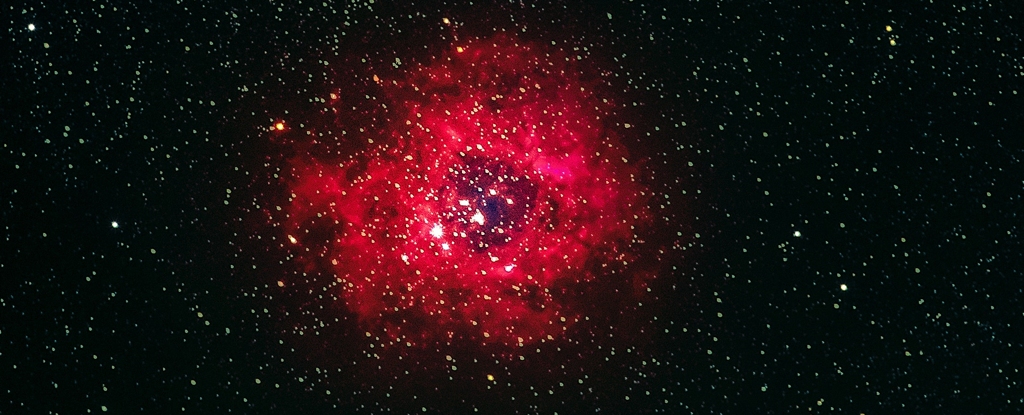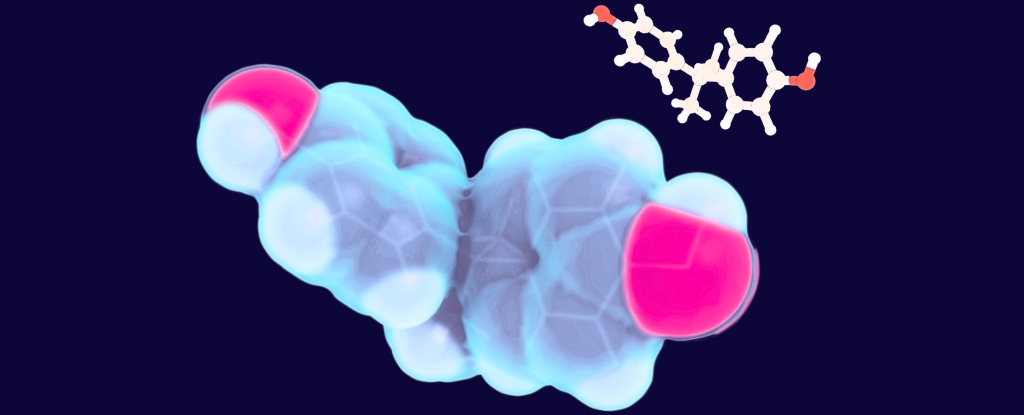There has been increased interest in unidentified flying objects (UFOs) ever since the Pentagon’s 2021 report revealed what appears to be anomalous objects in US airspace, dubbed unidentified aerial phenomena (UAP).
Fast forward to 2023, and Nasa has already formed a panel to investigate the reports and appointed a director for UAP research.
A newly founded Pentagon desk has also released footage of mysterious metallic orbs. What is perhaps most remarkable is that David Grusch, a former intelligence officer, testified under oath before the US Congress, stating that he had interviewed around 40 people involved in secret programmes dealing with crashed UFOs.
I am interested in searching the sky for alien, physical objects which may one day tell us whether we are alone in the galaxy. Consider this: within our own Milky Way galaxy, there are 40 billion Earth-sized, potentially habitable planets.
Human ingenuity has enabled us to engineer and launch probes like Voyager and Pioneer, capable of reaching the closest stars. We’ve initiated efforts such as the Breakthrough Starshot programme which aims to reach nearby star Alpha Centauri in just a few decades by exploring innovative propulsion methods.
Sending a probe may be more economical than sending out radio or laser communication if there is no need to hurry.
If humans can send a probe to another star, why couldn’t another civilisation send a probe to our Solar System? Such a probe could make it to the main asteroid belt and lurk on an asteroid.
Or, it could make its way to the Earth, entering our atmosphere. If observed, it would be branded as a “UFO”. A civilisation capable of producing and sending probes could dispatch millions of them on exploratory missions throughout our galaxy.
Some may argue that such probes could only exist if they adhere to the laws of physics and engineering as we understand them today. However, humanity is a relatively young civilisation, and our knowledge is constantly evolving.
While humans have dreamt of flying for millennia as we gazed at the skies, it has only been 120 years since the Wright brothers achieved the first powered flight. That’s about as long ago as Albert Einstein published his theory of special relativity.
Is it really so difficult to imagine that a civilisation that is hundreds of thousands years older than ours might have learned more about the laws of physics or developed a few more engineering tricks?
If a civilisation were to evolve into artificial intelligence (AI), it might survive for millions of years. This could mean it would casually regard slow to a neighbouring star as nothing more than a leisurely stroll.
That said, few astronomers felt impressed by the US Navy videos or government reports. We need significantly better evidence and data than what has been presented so far.
Unveiling UFOs
How can we test whether there are extra terrestrial probes near Earth, and whether they can be tied to the possible UFO phenomenon? There are many options.
Analysing materials from potentially crashed UFOs could give irrefutable proof. This would require state-of-the-art techniques to determine if these wrecks exhibit exotic or distinctly different characteristics of manufacture.
Obtaining such exotic samples, if they indeed exist, may prove challenging – they are rumoured to be in the hands of private companies. But newly proposed legislation might offer a solution to that problem in United States by mandating that all artificial materials from any non-human intelligence be surrendered to the US government.
In the projects I lead, we are searching for artificial non-human objects by looking for short light flashes in the night sky.
Short flashes typically occur when a flat, highly reflective surface — such as a mirror or glass — reflects sunlight. It could, however, also result from an artificial object emitting its own internal light.
Such short light flashes sometimes repeat and follow a straight line as the object tumbles in space during its orbit around the Earth. This is why satellites often appear as repeating light flashes in images.
Historical photographic plates taken before the launch of Sputnik 1 in 1957 have revealed the presence of nine light sources (transients) that appear and vanish within an hour in a small image, defying astronomical explanations. In some cases, the transient light sources are even aligned, just like when short flashes come from moving objects.
The most recent finding of this kind shows three bright stars in an image dated July 19, 1952 (coincidentally, the same time as the famous Washington UFO flyovers). The three stars were never seen again.
Searching for alien probes in the modern night sky presents a serious but necessary challenge. A new research programme, known as ExoProbe, searches for short light flashes from potential alien objects with the help of multiple telescopes.
To verify the authenticity of each flash, it must be observed in at least two different telescopes.
Since these telescopes are separated by hundreds of kilometres, any light flash caused by an object within the inner Solar System enables the measurement of parallax — the apparent shift in the position of an object as seen from two different points — and the calculation of the distance to the object.
The ExoProbe project also uses its own methods to filter out light flashes from the millions of space debris fragments and thousands of satellites cluttering the sky. By adding a telescope taking real-time spectra (the wavelength distributions of the light) of the objects in a wide field, you can analyse the transients before they vanish into nothingness.
Finally, increasing the number of telescopes further enhances accuracy in measuring parallax and determining the actual three dimensional location of the object. Ultimately, the goal is to identify any potential alien object and bring it back to Earth for further study.
Some 60 years of searches for extraterrestrial civilisations in the radio frequencies have yielded no candidates whatsoever.
We find ourselves at a moment in time when new paths must be explored. That means we can finally focus our attention closer to home. Regardless of the outcome, this journey is certainly an homage to our insatiable curiosity.![]()
Beatriz Villarroel, Assistant professor of Physics, Stockholm University
This article is republished from The Conversation under a Creative Commons license. Read the original article.





